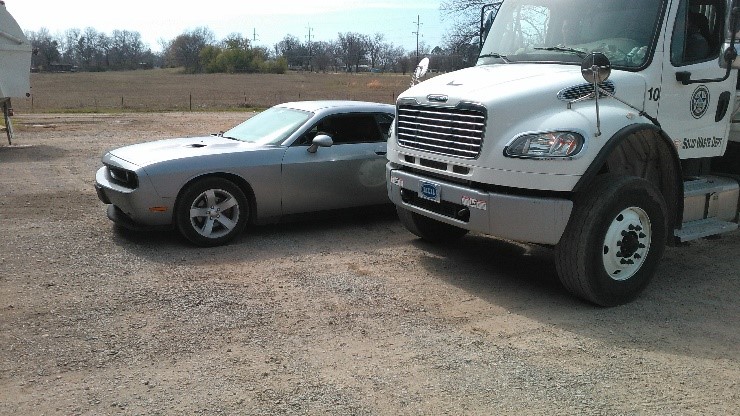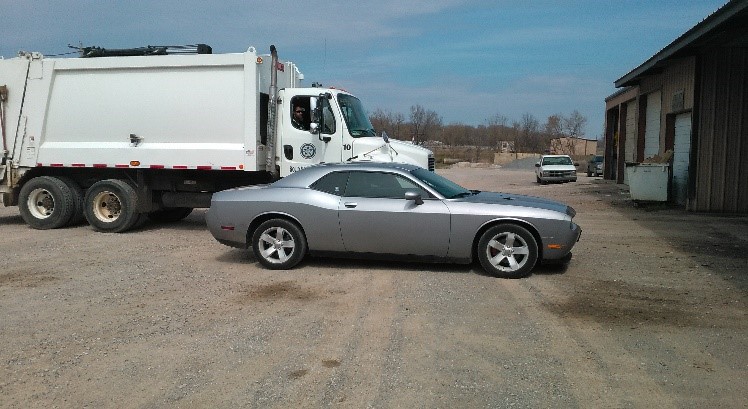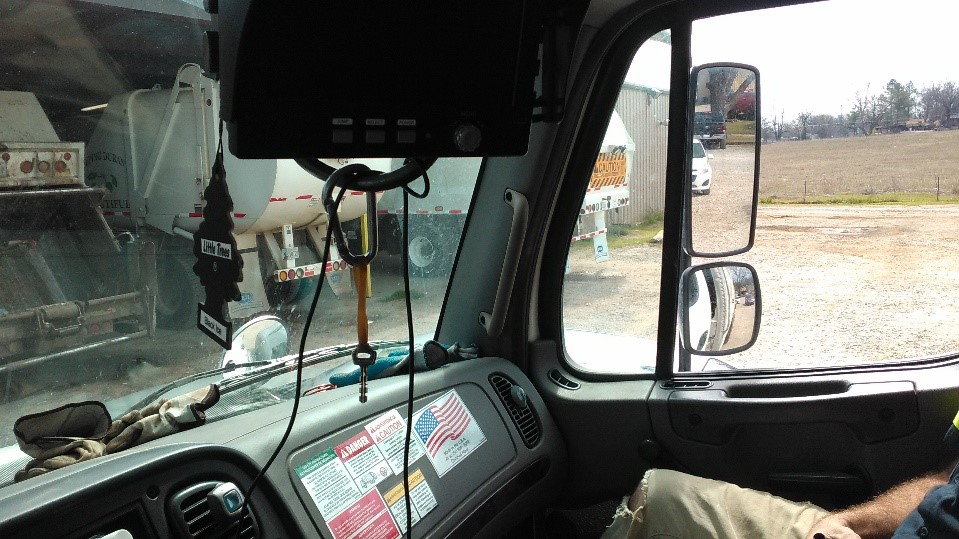BODY WORN VIDEO AND RECORDS RETENTION
With the popularity and affordability of Body Worn Video (BWV) equipment, many OMAG members are purchasing devices for their police officers. Members learn quickly that the expense of the equipment purchase doesn’t compare to the cost of storing the video or data. OMAG Legal receives regular inquiries regarding storage/retention requirements and issues when it comes to BWV. As a service to our members, OMAG’s Legal and Risk Management Departments have developed this article addressing the most frequently asked questions regarding BWV retention.
As of this writing, there is no legal obligation to store body (or dash) camera videos for any length of time. As such, the decision to store or not store is left to the municipality subject to the requirements of State law. The municipality should consider adopting a retention policy that takes into account the legal factors outlined in the statutes discussed below. In particular, if there is video of a use of deadly force (whether it causes death or just injuries or even where no one is actually hurt), those videos should be preserved (OMAG recommendation) and should be sent to OMAG Legal for review. Videos depicting a use of force incident causing significant bodily injury should also be preserved (OMAG recommendation). The Statute of Limitations for Civil Rights claims is 2 years and there is a 6 month grace period to serve a Civil Rights suit after it is filed. For video capturing incidents which may lead to a Civil Rights claim, a 3 year retention would be ideal and a best practice.
The following Statutes are implicated when determining whether BWV videos should be preserved.
OPEN RECORDS ACT
“In addition to other records which are kept or maintained, every public body and public official has a specific duty to keep and maintain complete records of the receipt and expenditure of any public funds reflecting all financial and business transactions relating thereto, except that such records may be disposed of as provided by law.” 51 O.S. 24A.5. “Except as may be required in Section 24A.4 of this title, this act does not impose any additional recordkeeping requirements on public bodies or public officials.” 51 O.S. §24A.18. So the Open Records Act applies to records already in existence but only requires that financial records be kept. And even financial records can be disposed of “as provided by law.” Law Enforcement records have a specific statute, Section 24A.8, which mirrors this general non-requirement “Nothing contained in this section imposes any new recordkeeping requirements. Law enforcement records shall be kept for as long as is now or may hereafter be specified by law. Absent a legal requirement for the keeping of a law enforcement record for a specific time period, law enforcement agencies shall maintain their records for so long as needed for administrative purposes.” 51 O.S. §24A.8(C); see also Oklahoma Assoc. of Broadcasters v. City of Norman, 2016 OK 119, ¶¶25-30 390 P.3d 689 (Sec. 24A.8 is part of the entire Act and any ambiguities regarding disclosure obligations will be resolved in favor of disclosure). The question is whether any other law would apply because the Act may not require retention but it does specifically limit that “this act” does not impose requirements thus opening the door for other Statutes.
RECORDS MANAGEMENT ACT
“"Local record" means a record of a county, city, town, village, township, district, authority or any public corporation or political entity whether organized and existing under charter or under general law unless the record is designated or treated as a state record under state law.” 67 O.S. §203(c). “The governing body of each county, city, town, village, township, district, authority or any public corporation or political entity whether organized and existing under charter or under general law shall promote the principles of efficient records management for local records. Such governing body shall, as far as practical, follow the program, established for the management of state records. The Administrator shall, insofar as possible, upon the request of a governing body provide advice on the establishment of a local records management program.” 67 O.S. §207.
“[S]hall, as far as practical, follow the program, established for the management of state records.” The Attorney General has declined twice to say what “as far as practical” means. See 2001 OK AG 46, ¶27, 2002 OK AG 13, ¶8 (in both instances the Attorney General opines that this is beyond the scope of the his opinion authority under 74 O.S. §18b(A)(5)). There is no need to fret: the Act delegates the authority to draft records retention policies to each agency of the state. 67 O.S. §206. The guidance in drafting a policy from the administrator is “How long do I keep records? Each record has its own disposition/retention schedule, which indicates the minimum length of time the record should be kept. A record’s retention period is based on its administrative, fiscal, legal or historical value.” Link. The Act does state “Except as otherwise provided by law, no state record shall be destroyed or otherwise disposed of unless it is determined by the Archives and Records Commission that the record has no further administrative, legal, fiscal, research or historical value.” 67 O.S. §210. §206(A)(1) and (3) arguably create a Cost/Benefit Analysis approach to the adopting of policies on retention: “[Each Agency head shall] Establish and maintain an active, continuing program for the economical and efficient management of the records of the agency” and records can be submitted to destruction when the record is “not needed in the transaction of current business and that do not have sufficient administrative, legal or fiscal value to warrant their further keeping.”
OMAG recommends that each municipality adopt policies on retention that take into account whether the record is needed for current business transactions and, if not, whether the record has administrative, legal, fiscal, research and historical value of records and then provide for their retention based on those factors.
UNIFORM ELECTRONIC TRANSACTIONS ACT
Two defined terms that are relevant to the discussion are “"Electronic record" means a record created, generated, sent, communicated, received, or stored by electronic means” and “"Governmental agency" means an executive, legislative, or judicial agency, department, board, commission, authority, institution, or instrumentality of the federal government or of a state or of a county, municipality, or other political subdivision of a state.” 12A O.S. §15-102(9) & (11). So the act is going to apply to cities and towns, but the Act is very deferential to government to decide its retention for itself: “Each governmental agency of this state, in cooperation with the Archives and Records Commission, shall determine whether, and the extent to which, it will create and retain electronic records and convert written records to electronic records.” 12A O.S. §15-117. The Commission that is referenced was originally created by 74 O.S. §564, but it’s since been moved to 67 O.S. §305. The statutes limit the jurisdiction of the Commission to the State and its Agencies and does not define State as including political subdivisions.
OMAG’s opinion is that this Act applies to municipalities and would apply to body cam video, but imposes no affirmative requirements on retention.
BWV CATEGORIES
Police Officers utilizing BWV devices must adhere to a department policy that not only governs the initiation and termination of recording, but also the categorizing of the recording. At the end of recording, or end of shift, the officer must choose if the video segments are critical, non-critical, or would be considered evidence. For the purposes of BWV categories, a few examples of critical, non-critical, and evidence are listed below:
I. Critical
a. Vehicle stop where seizure and/or arrest is made
b. Injury to an officer or suspect
c. Use of force
d. Formal or administrative complaint/investigation
e. Or as determined by policy
II. Non-critical
a. Warnings
b. Tickets
c. Routine interactions with public
III. Evidence
a. Any images or video captured that an officer reasonably believes constitutes evidence in a criminal case
OMAG recommends a 3 year retention for a critical category and a 180 day retention for non-critical category. Evidence should be maintained for the amount of time required by statute, until the case is adjudicated, or all appeals have been exhausted.
Body Worn Video and Records Retention was written by Matthew Love and Kevin McCullough. You may contact the authors at mlove@omag.org or kmccullough@omag.org . The information in this bulletin is intended solely for general informational purposes and should not be construed as or used as a substitute for legal advice or legal opinion with respect to specific situations, since such advice requires an evaluation of precise factual circumstances by an attorney.









